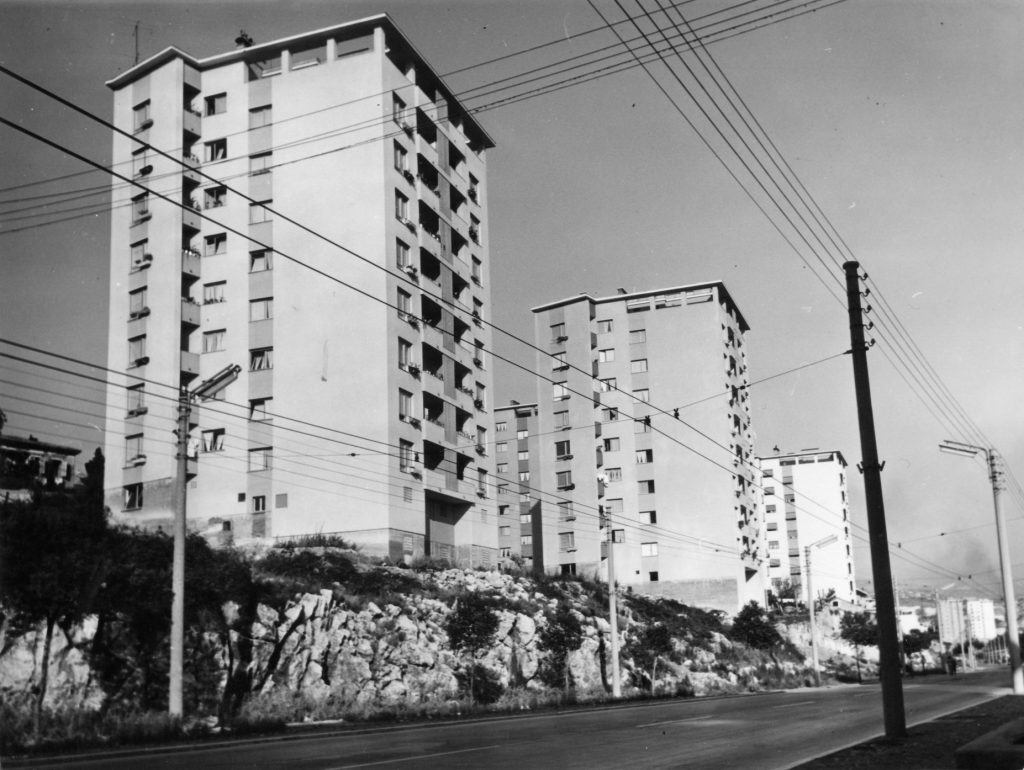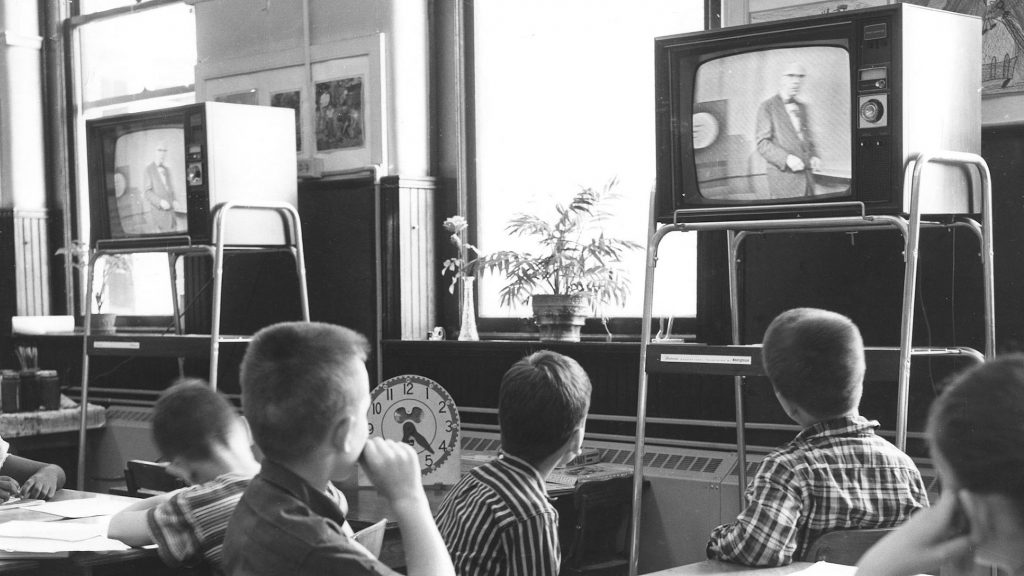RESEARCH FIELDS AND OBJECTIVES
Objective 1
Explore forms of using art for the shaping of space and identity of communities
The first research objective relates to the role of art in shaping the identity of communities. The term community is take to mean the people who live in a specific area or people who are considered a community because of common beliefs, interests or nationality, but also people who define themselves as a group of individuals, organizations and institutions that produce, present and promote artistic activity or those members of the community who support and visit art-related programmes.

Based on microhistorical approach to analysis of archival documents from public, church and private archives and museum institutions, research within the first objective attempts to determine specific actors standing behind art projects created for different communities, how they were influenced by social, economic and political circumstances and what represented role models and starting points.

The research results framed by this objective can be divided into two groups. The first is related to the research into the construction of the identity of religious and national communities through art, and the second to the research of artistic interventions in public spaces of different communities mediated by institutions or organizations and their influence on identity building.

Objective 2
Explore roles of art in the development of social standard
Within the second objective, research will focus on the ways in which art has been used to encourage social transformation. Just as the changes in social circumstances influenced the transformation of visual expression, the production in the field of visual communication over the last two and a half centuries, played an important role in the gradual transformation of society. In the 19th, and partly in the 20th century, it played a key role in promoting the modernist belief in constant progress, especially that based on culture and art and development of social standard.

Public institutions and state administrative bodies (in single-party, national unitary, national socialist, fascist and communist regimes and democratic types of government), certain interest groups and individuals, artists and patrons, used the means of artistic expression to promote their own interests, ideals and ideological constructs, to encourage changes in society, adoption of new technologies, and improvement of social standard and culture of living.
These were all reflected in the forms of fine arts with which communities are in the most direct contact, namely, public or residential architecture and industrial interior design and furnishing. Finally, in the last few decades, the potential of visual communication has been abundantly used by creative industries, cultural tourism and various cultural events.

The second branch of research will yield results that concern the research of cooperation with the public in museums and art organisations, which is a practice that tries to address social needs or problems through co-creation of meaning, whereby the concept of shared authority is set as the basic principle of cooperation. This, specifically, concerns research into forms of mediation (physical and digital) by institutions and art organizations in participatory relations between users and art and research into the views of experts and users.

Objective 3
Explore approaches to education about and through art
The third research objective is to observe the influence that experts, artists and institutions have in wider social contexts through their activities in the fields of education, media and culture. Within this objective, research will focus on models of media activity that experts adopt with the aim of promoting cultural, artistic and educational content, not only in professional circles, but also in wider social contexts.
Different forms of mass media will be analyzed as communication channels: print, radio and especially television media as a new influential social mediating system of the middle of the 20th century.


The research results within this research objective can be divided into two groups. The first group relates to the social activity of Croatian 19th– and 20th– century art historians, especially Zagreb-based university art history professors, and the second group to the social activity of selected Croatian artists, museum workers and art groups.
In accordance with the chronological principle, this goal will result in a series of papers on the activities of art historians, artists and art groups from the mid-19th century to the end of WWII (Iso Kršnjavi, Marko Murat, Kosta Strajnić, Marko Vidaković, Stjepan Planić and others), and activities in the period after WWII, resulting in published and presented papers on the public activity of university art history professors (Grgo Gamulin, Milan Prelog, Vera Horvat Pintarić, Radovan Ivančević, etc.) in the media, for example, television and radio shows as well as exhibitions.
Objective 4
Explore forms of collaboration in the production and communication of art
As part of the fourth objective, research results concern different forms of collaborative relationships in the production and communication of art works, including architecture, artistic actions, installations in public spaces and activities of art institutions and organizations where participation implies relationships between experts, artists and physical and digital users (audiences). The scientific contribution of the results is related to currently great emphasis on the social role of art and art institutions, which for a long time were considered exclusive to a large number of different groups of users. Therefore, the users and the ways of their inclusion in the collection, production and decision-making processes are placed at the centre of the contemporary thinking and actions of artists and art institutions/experts.


Such practices follow strategies of cultural policy based on the paradigm of cultural democracy, but also overlapping with the creative economy. One part of the results on collaborative relationships concerns exploring possibilities of developing participation in artistic actions in public space. A comparative analysis of past and contemporary actions will result in insights into the possibilities of developing cooperation through commissioning public works and their further use by different communities, as well as cooperation in communicating their values.
The second branch of research will yield results that concern the research of cooperation with the public in museums and art organisations, which is a practice that tries to address social needs or problems through co-creation of meaning, whereby the concept of shared authority is set as the basic principle of cooperation. This, specifically, concerns research into forms of mediation (physical and digital) by institutions and art organizations in participatory relations between users and art and research into the views of experts and users.